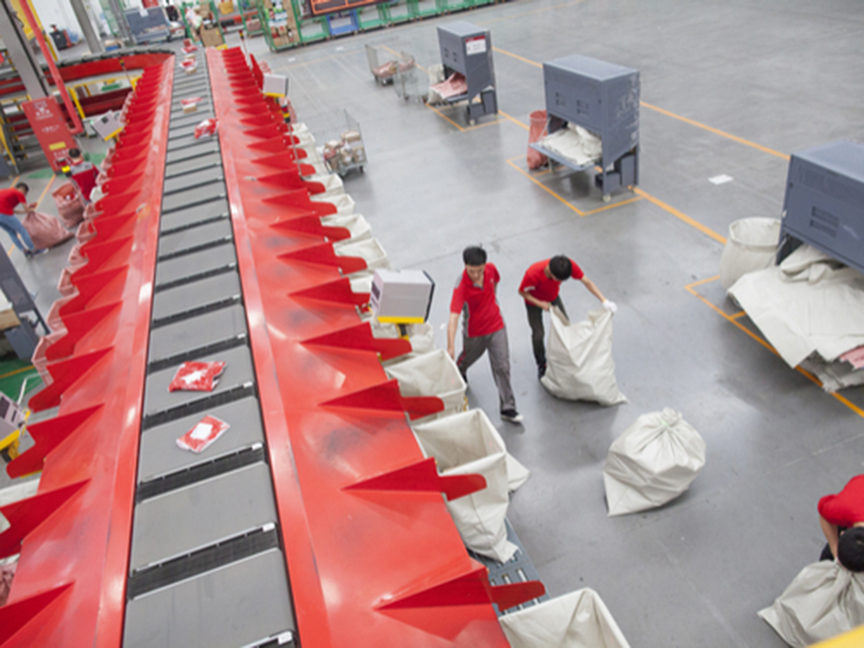
Think Tank
Breaking the Cycle of Supply-Chain Technology Debt

If a house is built on a hastily made or crumbling foundation, the time and resources needed to fix it can add up to staggering debt. Homeowners fear foundation issues, knowing that the cost of repair can put them in a financial bind.
This notion of heavy debt is mirrored in the experience of retailers working to build innovative and resilient supply chains. As “cracks” begin to appear in the ecosystem they’ve built, it should become obvious that the foundation itself needs some work.
For many, however, that feels like too great an expense. Instead, in an attempt to stay innovative and obtain immediate improvements in the supply-chain function, retailers accumulate new technology as a quick fix. With this strategy, they end up spending more in the long run than if they had invested in a future-proof system all along.
Decisions that seem to be in the best interest of the bottom line might actually be contributing to a company’s technology debt. It will find itself burdened by the cost of maintaining existing software, along with rework resulting from inefficiencies, redundancies and outdated customizations.
To achieve a future-proof supply chain, retailers must break the cycle of technology debt and do the necessary foundational work. It all starts with understanding how that shaky supply-chain “house” came to be.
A Makeshift Foundation
Ideally, all processes work together to harmonize demand forecasting, replenishment, allocation and order fulfillment. Yet only 36% of supply-chain professionals say their organization operates on a single supply-chain platform. Many retail supply chains suffer from structural inconsistencies, functioning effectively in certain processes while being riddled with weak links in others. Most supply chains stand on a makeshift foundation of disconnected or loosely connected solutions. In fact, the evolution of retail has contributed to this state of affairs, even though 43% of organizations say their technology can’t keep pace with business demands.
As systems evolve, new vendors emerge in the market, offering an answer to a single business issue. Retailers make investments and replace technology with swift decisions, rather than looking at the whole picture. Over time, they customize legacy technology, which functions in silos, only to see their creation become obsolete. Dissatisfied, they decide to implement new technology, and the cycle continues. Eventually, they look up from their work to realize they have multiple systems addressing the same business process. And the “debt” continues to climb. Does this feel familiar?
Escalating Debt
The speed at which companies acquire, implement and customize new technologies across the enterprise — driven by short-sighted decision making — compounds IT technology debt and leads to supply-chain instability. In the same way that an individual carrying the weight of credit-card or student-loan debt can’t splurge on purchases or move money around freely, a retailer can’t be nimble if the supply chain is shouldering the burden of technology debt. The condition might not appear as actual numbers on a financial balance sheet, but the costs are real. It drains resources and reduces agility, which is critical in the retail industry today.
One might well conclude that any investment in new technology is a potential misstep, but that isn’t the case. As with commitments taken on through a car loan or home mortgage, not all debt is bad. In many cases it’s unavoidable, as in the need for a new foundation. A certain amount of liability will be carried in order to become an innovative and competitive retail organization. It’s the cycle of adding more and more to that debt where retailers must be careful. To prevent unnecessary technology debt from piling up, they must prioritize their supply-chain needs, see where gaps or overlaps exist, and work swiftly to make necessary eliminations or additions.
How AI Can Help
In looking to the future, retailers must assess which technologies will enable them to build a unified and scalable supply chain, rather than disparate systems that add to debt without solving core issues. Artificial intelligence and machine learning are emerging technologies of which retailers should take notice. AI has the power to do what humans or disjointed systems cannot: to make sense of all supply-chain data, and enable “one version of the truth” from which all decisions are made. AI brings never-before-seen insights to supply-chain operations, and adds unparalleled speed because there’s no need to update siloed systems. And fueled by machine learning, AI anticipates and identifies new trends, allowing retailers to address issues systematically.
Retailers must align all supply-chain processes on a single platform. As with building a house, a strong foundation is essential to a supply chain standing the test of time. The ability to endure environmental pressures for the long haul is precisely where retailers should be prioritizing their efforts. With the help of AI, they can break the cycle of technology debt, building in lasting efficiencies, and fortifying the supply chain.
Patty McDonald is director of global solution marketing at Symphony RetailAI.






